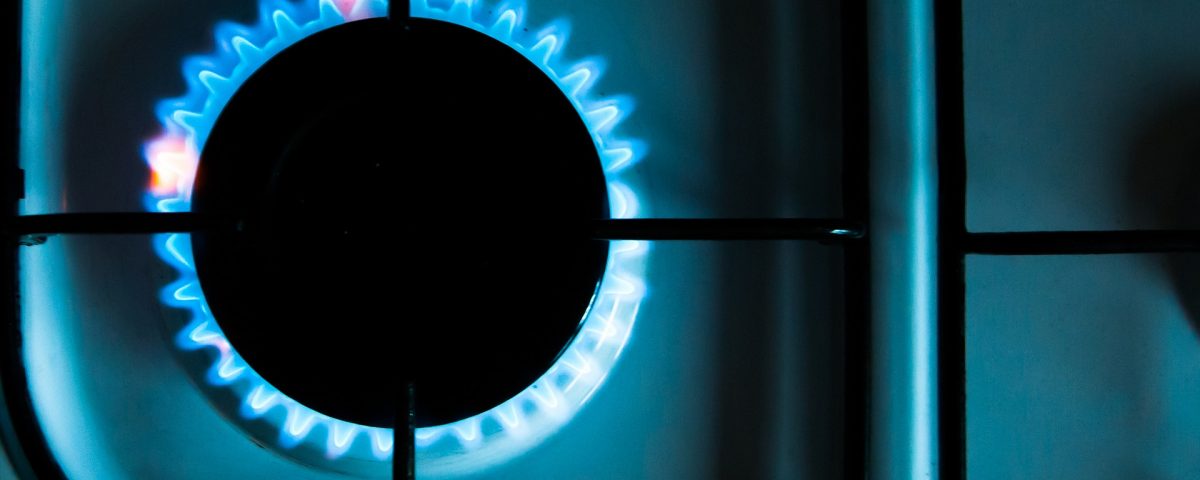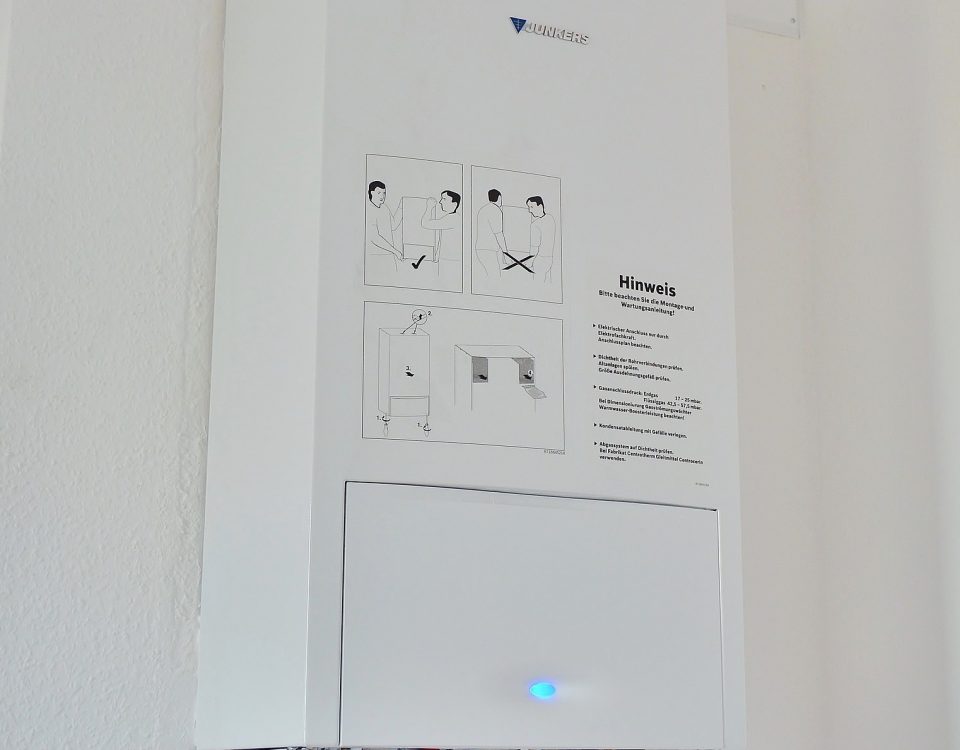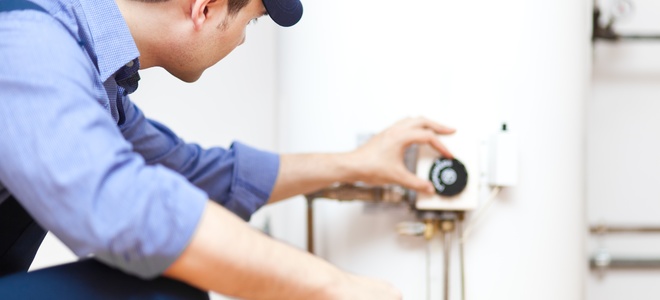What Can Cause Carbon Monoxide and Why You Should Take It Seriously at Home

Spring Energy Saving Ideas
April 23, 2018
When Should You Bleed a Radiator and How to Do It
May 20, 2018Scarily referred to as the ‘silent killer’, carbon monoxide poisoning is responsible for around 25 deaths each year in the UK. It doesn’t smell of anything, has no odorous taste in the air, and doesn’t come accompanied by a sound like the hiss of a gas tap. It really is ‘silent’. Given how easy it is to detect with the right equipment, and prevent, it’s important to educate homeowners about carbon monoxide facts and how to detect carbon monoxide.
What is Carbon Monoxide and How Do We get it in the Home?
Carbon Monoxide, or CO, is a simple by-product of incomplete combustion. When fuel is not completely burned such as in a faulty gas appliance, carbon monoxide can be given off. It is also emitted in other situations, for example, burning a charcoal barbecue. However, because these are used in the outdoors, with no ventilation issues, it isn’t problematic. The problem comes when humans are breathing in carbon monoxide because of poor ventilation. This is why fuel-burning appliances in the home can pose a risk for carbon monoxide poisoning.
If household appliances that is faulty could produce carbon monoxide, but by having them serviced regularly you mitigate a great deal of risk. This is one of the many reasons why regular boiler servicing is essential. It will not only reduce the risk of carbon monoxide poisoning but also help to keep your system efficient and save money.
What is Carbon Monoxide Poisoning?
One of the key facts to know is how to recognise carbon monoxide poisoning. Carbon monoxide poisoning is a result of the CO binding more easily to our haemoglobin than oxygen. We all know we need oxygen, but if the oxygen is being muscled out by carbon monoxide, we aren’t getting enough. The result is that certain parts of the body are effectively starved of oxygen.
As this is an insidious process: a person may realise they are gradually becoming increasingly unwell but can’t pinpoint a cause. This is exacerbated by the fact that many of the early symptoms – aching, headaches and lethargy for example – mimic flu. However, with carbon monoxide poisoning, there isn’t a temperature. A tell-tale sign can be if several people, as well as pets, sharing the same home all become unwell at the same time.
Other early signs of poisoning include: visual disturbances, memory problems and balance problems. Later on, even months on, symptoms worsen and may cause coordination difficulties. Long-term carbon monoxide poisoning can cause heart problems and even brain damage.
With carbon monoxide poisoning, the risk also comes down to the length of exposure to the gas. Diagnosis can often involve detective work by those around the sufferer. It is usually diagnosed by a blood test and possibly heart monitoring with an ECG.
For mild cases, it can simply be a case of removing the source of the carbon monoxide by fixing or removing the faulty appliance. More severe cases are likely to need hospitalisation for oxygen treatment.
How to Detect Carbon Monoxide in the Home
As there are no easily tangible signs of carbon monoxide, and no noxious smell, you can be left wondering how to detect it in your home. Detection is essential, as this is your first line of defence against this killer gas.
The most reliable method is to use a carbon monoxide alarm. You can now buy electronic alarms that are more reliable than their predecessors, which usually involved you manually remembering to check for decolourisation. The alarm will sound if carbon monoxide is detected. These alarms are sometimes combined with home fire alarms.
How to Prevent Carbon Monoxide Poisoning
- Ensure you have all gas appliances checked and serviced once a year, particularly your boiler, by a Gas Safe engineer.
- Don’t ignore stains, discolouration and soot around fuel-burning appliances such as your boiler. Remember you shouldn’t remove the cover of your boiler yourself, but must use a Gas Safe boiler engineer.
- Never block ventilation vents and grills. This includes maintaining any chimneys and flues and ensuring you have an extractor fan fitted in the kitchen.
- Keep an eye on your boiler pilot light, and other flames that should burn blue, and call us if it turns yellow or orange.
- Check and test your carbon monoxide alarm regularly.
- Only choose Gas Safe registered engineers to carry out work, maintenance, and installation of all gas appliances in the home.
- Don’t leave cars or lawnmowers, or other fuelled appliances, running in a garage.
- Do not use your oven or gas hob to heat your home, even if your central heating isn’t working.
- Don’t use a charcoal barbecue indoors.
If You Suspect a Leak
If you’re concerned that you have a leak, either because your alarm sounds or for other reasons, immediately stop using all fuel-burning appliances, switch them off, and ventilate the area by opening windows and doors. Then evacuate the home and call the gas emergency line on 0800 111 999 or the HSE Gas Safety Advice Line on 0800 300363. Always follow up with medical help, as you will need to be checked for carbon monoxide poisoning.
Maintain and Service Your Boiler
A regularly serviced boiler is imperative, as prevention of poor combustion problems such as carbon monoxide poisoning. A qualified and experienced Gas Safe engineer knows exactly what to do to keep your boiler running safely and efficiently. They have all the facts in relation to your heating system and can also advise you further on how to detect it in the home. Carbon monoxide poisoning is preventable.
To arrange your boiler service call Ecosafe on 0333 939 0161.





